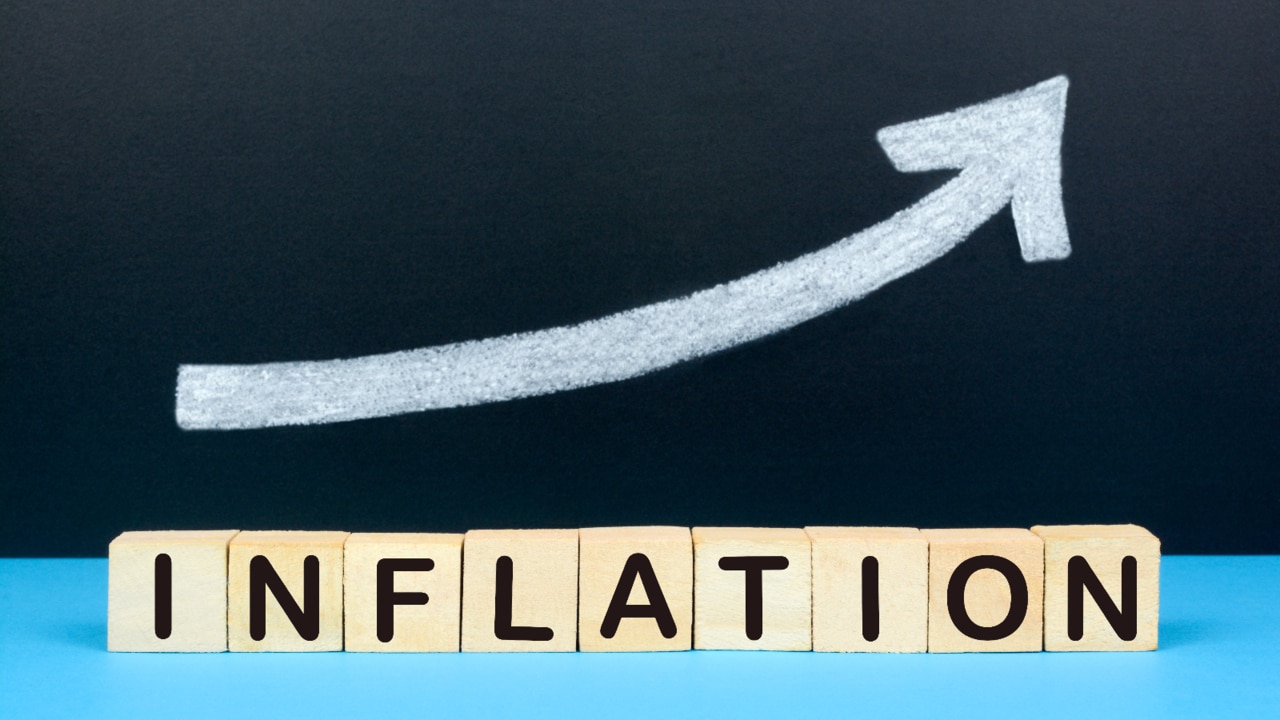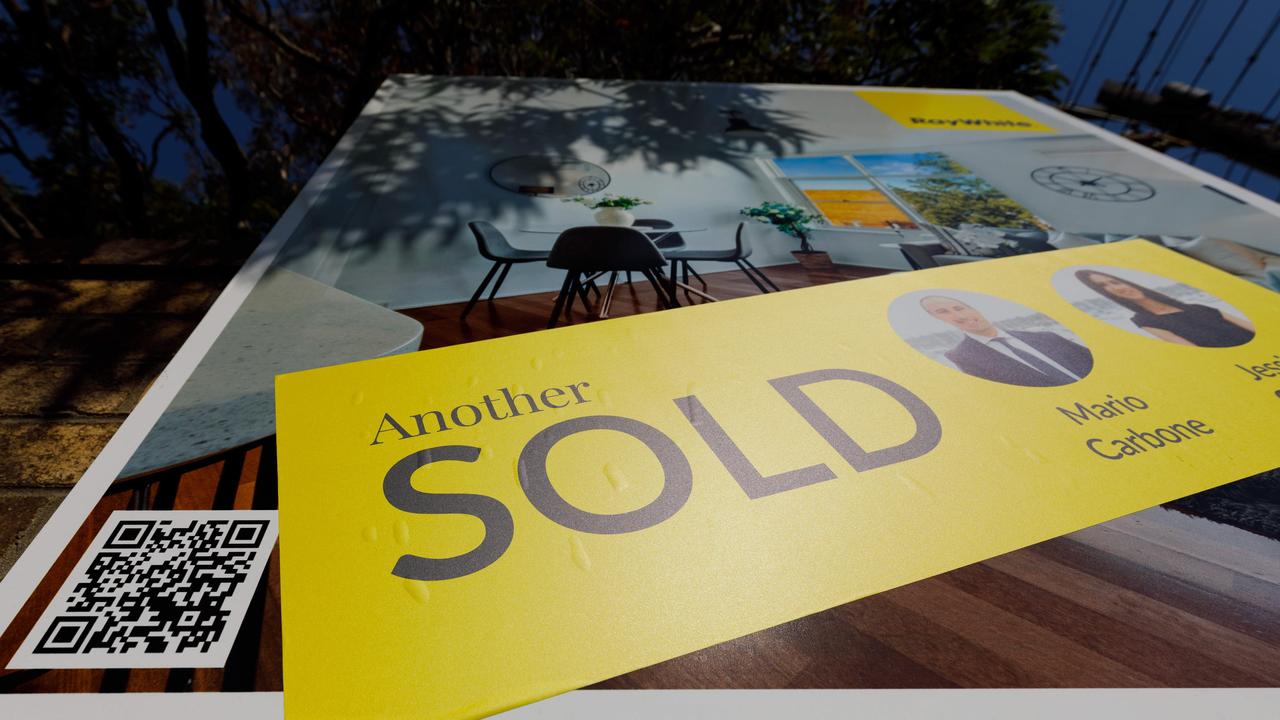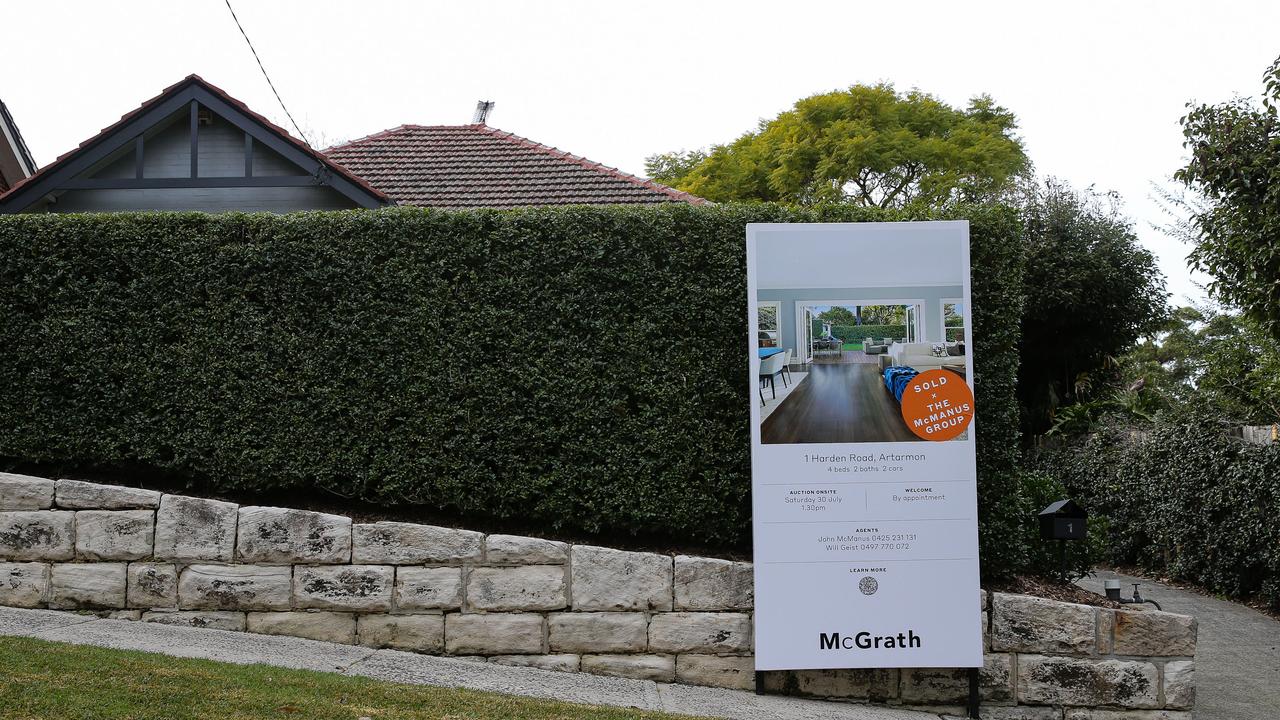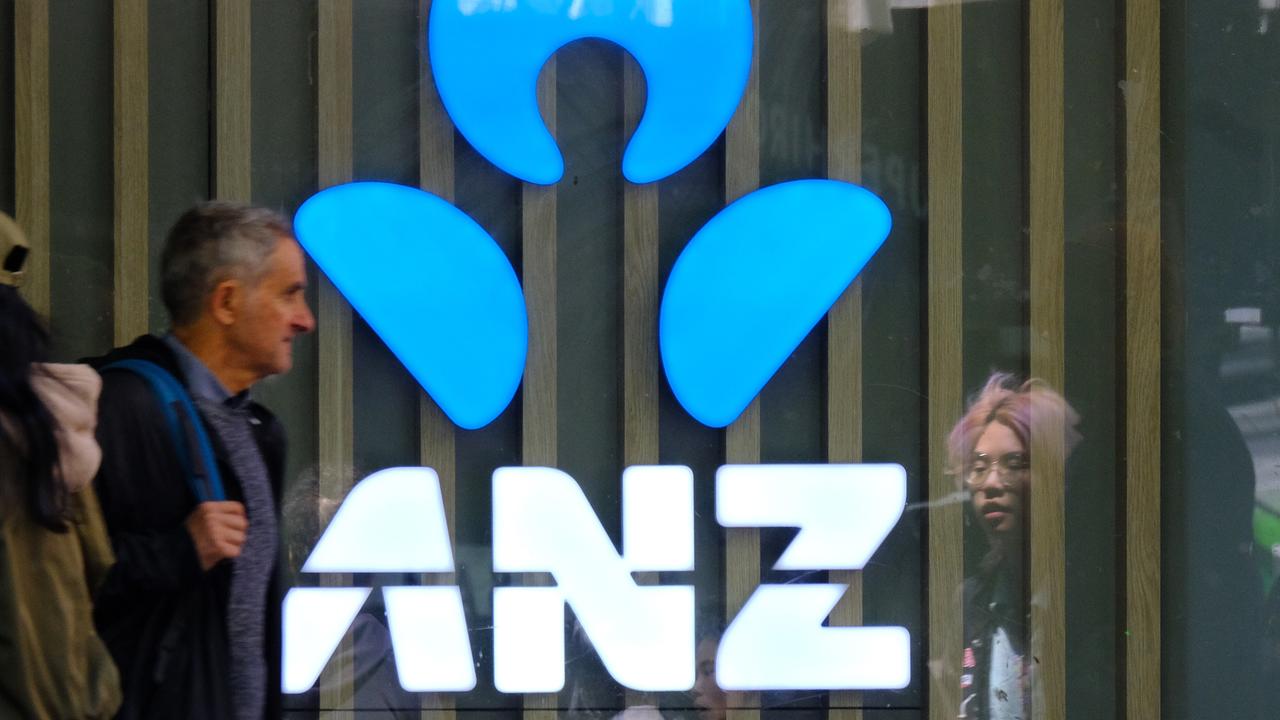Australians warned of ‘mortgage cyclone’ amid crushing rate hikes
Australians are paying an enormous chunk of their income in mortgage and it’s about to get a whole lot worse for millions.

Australians are bearing the brunt of a “mortgage cyclone” — with more than one in three homeowners now fitting the standard criteria for mortgage stress.
Some homeowners are now being forced to shovel half of their monthly income to cover mortgage costs after successive rate rises.
New consumer research has found 16 per cent of Australians have been hit with rate hikes that have added $1,000 or more in extra mortgage payments every month.
“The research shows that twelve rate rises are putting significant pressure on household budgets,” Mozo money expert Rachel Wastell said.
“39 per cent of homeowners admitted to paying more than 30 per cent of their monthly household income to their home loan lender, and that 30 per cent figure is the standard ratio for identifying mortgage stress.”
But close to one in three – 31 per cent – of mortgage holders surveyed have never refinanced, despite having a mortgage for more than ten years.
When asked “What percentage of your monthly income is your mortgage” the Mozo survey results showed roughly 1 in 5 Australians (18 per cent) are paying between 30-40 per cent of their household income toward their home loan.

A further 1 in 6 (16 per cent) are paying roughly half of their income to lenders (40-60 per cent), and 1 in 25 (5 per cent) are coughing up more than 60 per cent of their income to pay for home mortgage charges.
“Spending half of a household’s monthly income on a home loan may seem staggering, however the shift from the Covid-era of ‘free money lending’ and ultra-low rate loans, to much higher rates in such a short space of time, means that this stress is not entirely surprising,” Ms Wastell said.
The survey polled 2,141 Australians, aged 18 years and over, from August 30 to September 11 2023.
“For borrowers struggling with rising repayments that are now devouring half their paychecks, it pays to call your lender and see if you can get a better deal,’’ Ms Wastell said.
“1 in 3 (31 per cent) of those surveyed confessed they’ve never refinanced, despite having a mortgage for over a decade, signalling an opportunity for some borrowers to negotiate a better rate, to reduce mortgage stress.”
However, some homeowners are facing a sharp cliff coming from a fixed rate starting with a 2, to a variable loan starting with 6, which could mean an extra $780 a month in repayments on a $350,000 home loan over a 25 year loan term.
“The same rate change on a $1,000,000 mortgage, over the same period, equates to a whopping $2,229 a month more,” Ms Wastell said.
“If the major banks are right, it looks like we’ll see rates drop late next year.

“Westpac, ANZ and NAB are all betting on a rate cut from September onwards, and the latest cuts to one and two year fixed rate home loans across the market support this view.
“We’re also seeing cuts to variable rates, like NAB’s 96 basis point cut to its base variable rate home loan for those making principal and interest payments, and the growing number of home loans in the Mozo database starting with 5.”
Housing Industry Association senior economist Tom Devitt said there was no justification for another rate hike.
Pointing to the recently released ABS data on Lending to Households and Businesses, he said housing and finance data continued to be weighed down by the interest rate increases.
“In the three months to August 2023 lending for the purchase or construction of a new homes was 30.3 per cent lower than at the same quarter a year earlier,’’ he said.
“Despite a small rise in building approvals in the month of August, building approvals remain 17.5 per cent lower in the latest three months compared to a year earlier. This includes a 15.8 per cent decline in detached houses and a 20.3 per cent decline in multi-units.
“This decline in building activity is in contrast to the low level of unemployment and strong population growth.
“The impact of the RBA’s tightening cycle is not expected to produce a trough in new house commencements until the second half of 2024.
More Coverage
“Any further increases in interest rates will deepen and prolong this trough.”
The RBA paused interest rates at its October meeting for the fourth consecutive month in a move that will be a massive relief for millions of borrowers around the country.
On Tuesday afternoon, Australia’s central bank announced it would keep the cash rate at 4.1 per cent.This is the first month the RBA has operated under new leadership, with Michele Bullock taking over from previous governor Philip Lowe after he resigned from the position.






